Found 30 metres underground at a coal mine, they are dubbed Jurassic pearls or the marbles of a Siberian colossus. The ten spheres are around half the size of a human, a metre or so in diameter, and almost perfectly round and smooth. To add to the mystery, they change color after rain. What are they?
They were unearthed by an excavator at Sereulsky coal mine, in the Nazarovo district of Krasnoyarsk region, lying close together.
It was as if they had been carefully buried by a prehistoric giant only to be found many millennia later. Or was there some extra-terrestrial explanation to this geological curiosity now on display at the mine?
The experts have ruled out the more fantastical versions – including theories that they were manmade – and say these stone creations are a leftover from Jurassic times. The strange balls were formed by a natural process likened to the formation of pearls.
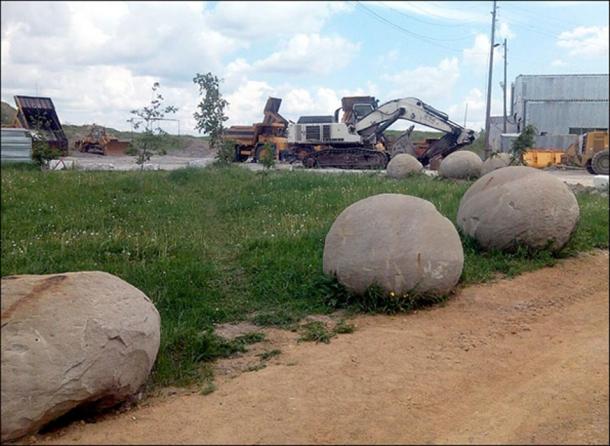
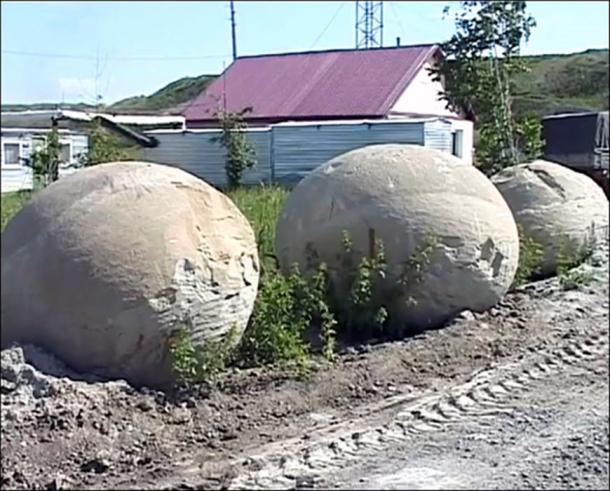
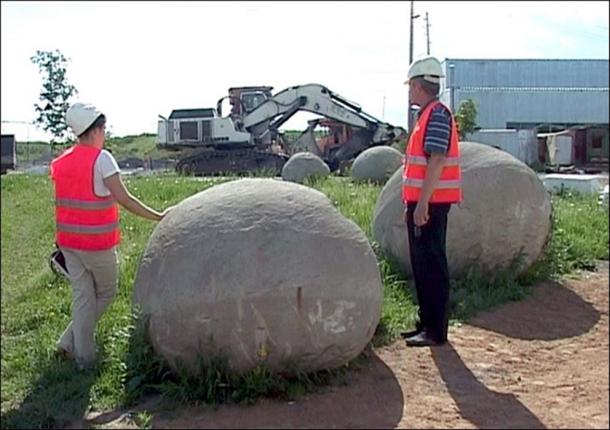
The balls were formed by a natural process likened to the formation of pearls. Pictures here and below: Nazarovo TV
The stone balls are known as concretions; they form in sedimentary rocks by the precipitation of a considerable amount of cementing material around a nucleus, often organic, such as a leaf, tooth, piece of shell or fossil.
Expert Olga Yakunina, of the Geology Museum of Central Siberia, said: ‘The balls are formed the same way as a pearl, when a grain of sand gets into the shell and the clam tries to get rid of it. Water flowing through sedimentary rock leaves behind minerals that glue together masses of sand, mud or other particles. These concretions are very rare.’
Why do they show a rusty color after rain? This is due to iron oxide in their composition, say experts.
They appear to be Siberian cousins of the Moqui Marbles, also called Moqui balls, which are iron oxide concretions in outcrops of the Navajo Sandstone in the American state of Utah.
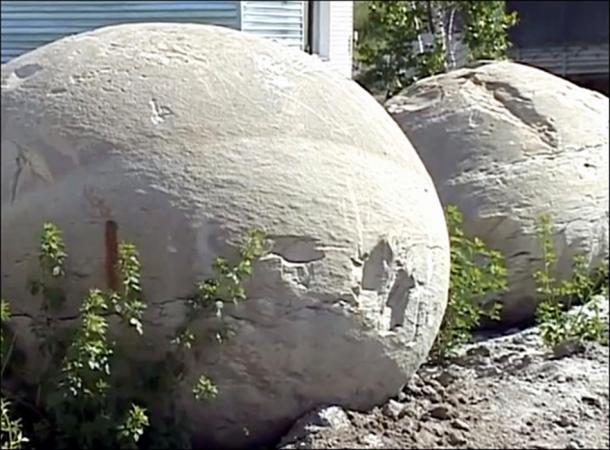
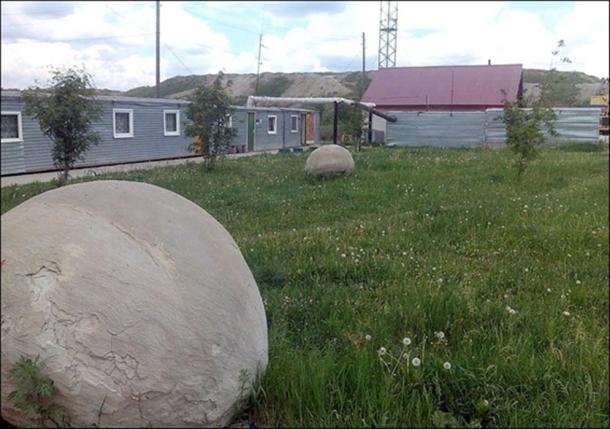
The mysterious stone balls of Siberia: Nazarovo TV
Source: Ancient Origins

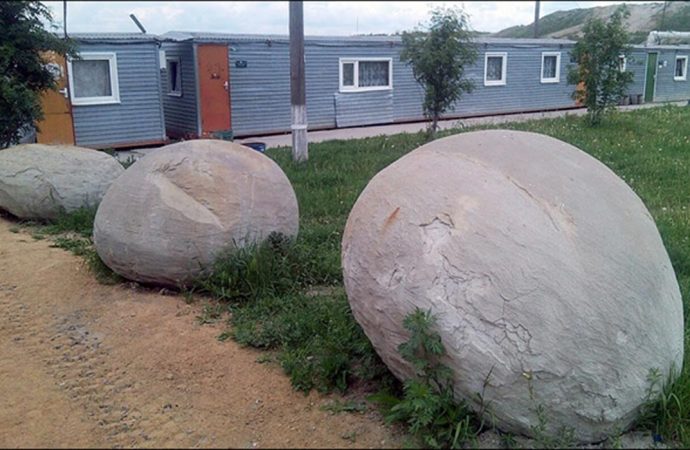
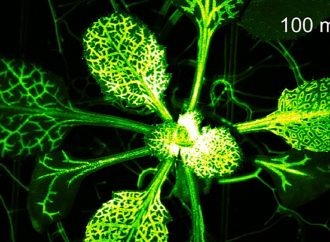
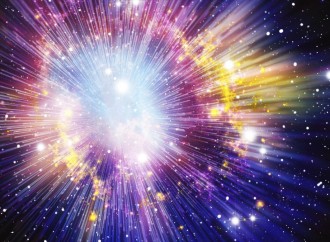





























Leave a Comment
You must be logged in to post a comment.